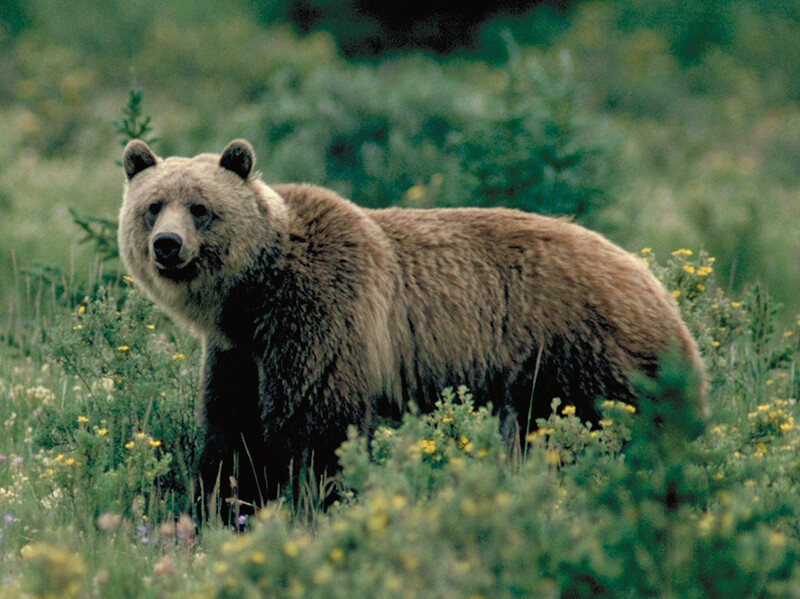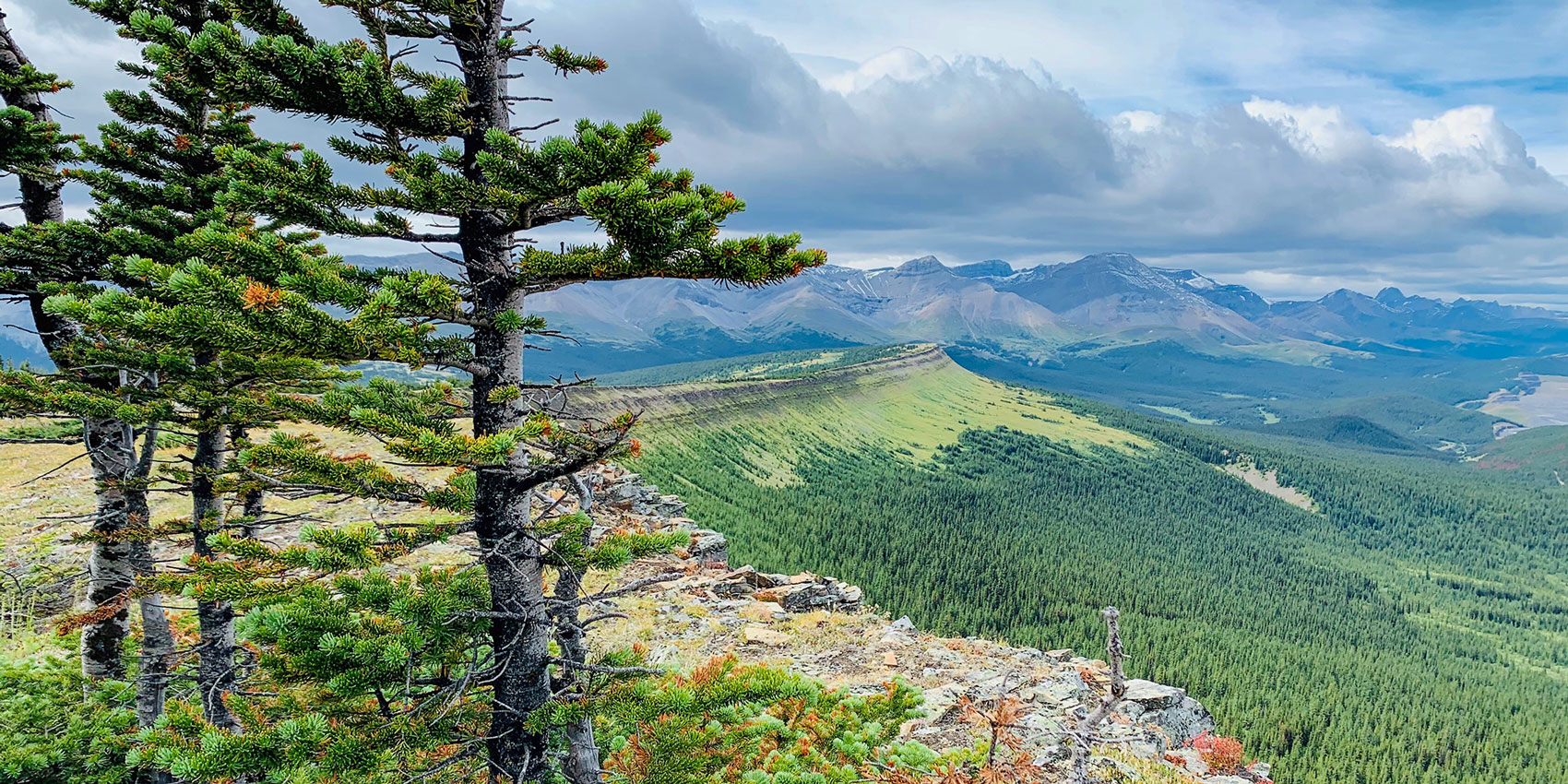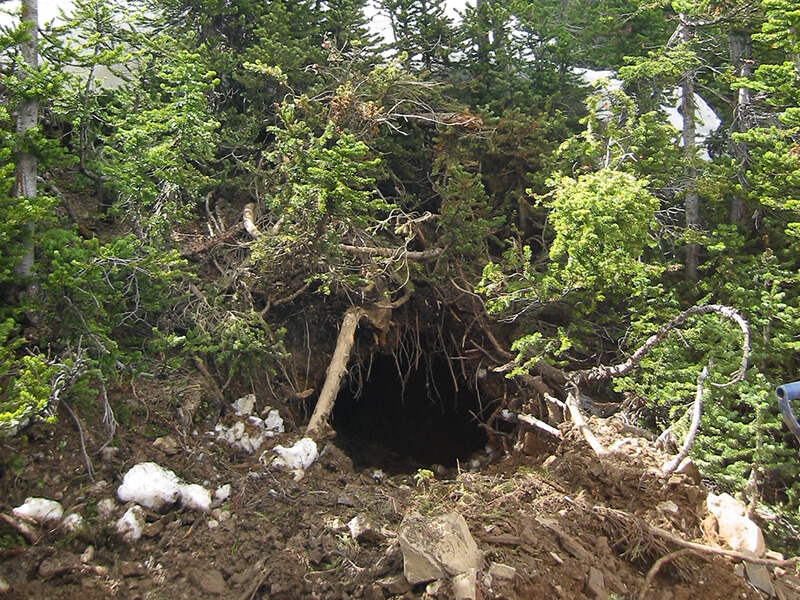
Article published in the Oecologia. Citation and abstract only.
Abstract
To fulfill their needs, animals are constantly making trade-offs among limiting factors. Although there is growing evidence about the impact of ambient temperature on habitat selection in mammals, the role of environmental conditions and thermoregulation on apex predators is poorly understood. Our objective was to investigate the influence of ambient temperature on habitat selection patterns of grizzly bears in the managed landscape of Alberta, Canada. Grizzly bear habitat selection followed a daily and seasonal pattern that was influenced by ambient temperature, with adult males showing stronger responses than females to warm temperatures. Cutblocks aged 0–20 years provided an abundance of forage but were on average 6°C warmer than mature conifer stands and 21- to 40-year-old cutblocks. When ambient temperatures increased, the relative change (odds ratio) in the probability of selection for 0- to 20-year-old cutblocks decreased during the hottest part of the day and increased during cooler periods, especially for males. Concurrently, the probability of selection for 21- to 40-year-old cutblocks increased on warmer days. Following plant phenology, the odds of selecting 0- to 20-year-old cutblocks also increased from early to late summer while the odds of selecting 21- to 40-year-old cutblocks decreased. Our results demonstrate that ambient temperatures, and therefore thermal requirements, play a significant role in habitat selection patterns and behaviour of grizzly bears. In a changing climate, large mammals may increasingly need to adjust spatial and temporal selection patterns in response to thermal constraints.
Access the full paper (with subscription) here.
Citation
Pigeon, K. E., Cardinal, E., Stenhouse, G. B., & Côté, S. D. (2016). Staying cool in a changing landscape: the influence of maximum daily ambient temperature on grizzly bear habitat selection. Oecologia, 181, 1101–1116. doi:10.1007/s00442-016-3630-5










